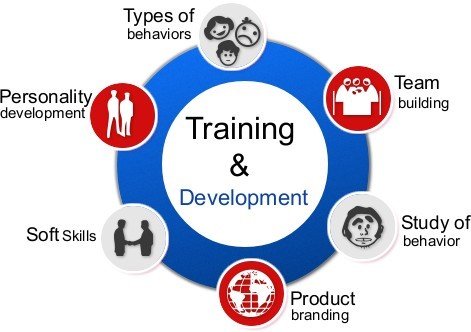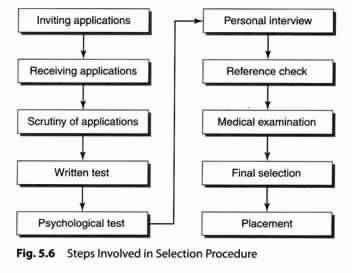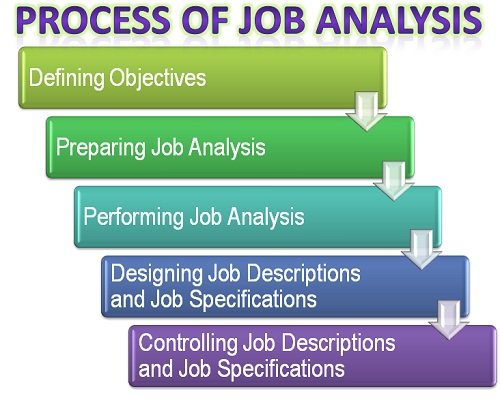Difference between Training and Development
Training
Training is a systematic process aimed at enhancing the skills, knowledge, and competencies of employees to improve their performance and productivity in their current roles. It involves structured programs, workshops, or hands-on learning experiences designed to teach specific job-related tasks, technical abilities, or soft skills. Training ensures that employees are equipped with the necessary tools and understanding to perform their duties effectively and adapt to new technologies, processes, or changes within the organization. By investing in training, organizations foster a culture of continuous learning and development, leading to increased job satisfaction, higher employee retention, and overall organizational success. Training can be delivered through various methods, including on-the-job training, e-learning, seminars, and classroom instruction.
Characteristics of Training:
-
Structured Approach:
Training programs are typically organized and structured, with clear objectives, content, and timelines. They follow a systematic process to ensure that learning outcomes are achieved efficiently.
- Goal-Oriented:
Training programs are designed to achieve specific learning objectives related to improving job performance, acquiring new skills, or enhancing knowledge in a particular area.
-
Practical and Hands-On:
Training often involves practical, hands-on learning experiences that allow participants to apply new knowledge and skills in real-world situations. This experiential learning approach enhances retention and skill transfer.
-
Targeted Audience:
Training programs are tailored to meet the needs of a specific audience, such as employees in a particular department, role, or skill level. They are designed to address the unique learning needs and objectives of the target audience.
-
Instructor-Led or Facilitated:
Training programs may be delivered by instructors, trainers, or facilitators who guide participants through the learning process. They provide instruction, feedback, and support to help participants achieve their learning goals.
-
Interactive and Engaging:
Effective training programs incorporate interactive elements, such as group discussions, case studies, simulations, and role-playing exercises, to engage participants and promote active learning.
-
Feedback and Assessment:
Training programs include mechanisms for providing feedback and assessing participants’ progress and performance. This may involve quizzes, tests, evaluations, or feedback from instructors or peers to gauge learning effectiveness.
-
Continuous Improvement:
Training programs are subject to continuous evaluation and improvement to ensure their relevance, effectiveness, and alignment with organizational goals and learner needs. Feedback from participants and stakeholders is used to refine and enhance future training initiatives.
-
Flexible Delivery Methods:
Training programs may be delivered through various delivery methods, including in-person sessions, online courses, webinars, workshops, and self-paced modules. This flexibility allows organizations to accommodate diverse learning preferences and logistical constraints.
-
Measureable Outcomes:
Training programs are designed with measurable learning outcomes or performance indicators that allow organizations to assess the effectiveness of the training and its impact on employee performance, productivity, and organizational goals.
Development
Development refers to the ongoing process of enhancing an employee’s skills, knowledge, and abilities to prepare them for future roles and responsibilities within an organization. Unlike training, which focuses on immediate job-related skills, development aims at long-term growth and career progression. It includes activities such as mentoring, coaching, leadership development programs, and continuing education. Development helps employees broaden their competencies, adapt to changing job requirements, and achieve their professional goals. By investing in development, organizations foster a motivated and capable workforce, ensure a pipeline of future leaders, and enhance overall organizational performance and innovation. This commitment to employee growth ultimately contributes to higher job satisfaction and retention.
Characteristics of Development:
- Long-Term Focus:
Development initiatives have a long-term perspective, focusing on enhancing employees’ skills, knowledge, and capabilities over time to prepare them for future roles and responsibilities within the organization.
-
Career Growth and Advancement:
Development initiatives are aimed at supporting employees’ career growth and advancement within the organization by providing opportunities for skill enhancement, career planning, and professional development.
-
Individualized Approach:
Development initiatives are often tailored to meet the unique needs and aspirations of individual employees. They take into account employees’ strengths, weaknesses, interests, and career goals to create personalized development plans.
-
Holistic Development:
Development initiatives encompass a broad range of learning experiences and activities beyond job-specific skills, including leadership development, interpersonal skills, strategic thinking, and emotional intelligence.
-
Self-Directed Learning:
Development encourages employees to take ownership of their learning and development by actively seeking out opportunities for growth, acquiring new skills, and pursuing professional development activities outside of formal training programs.
-
Mentoring and Coaching:
Development initiatives often include mentoring and coaching relationships, where more experienced employees or leaders provide guidance, support, and feedback to less experienced individuals to help them grow and develop professionally.
-
Experiential Learning:
Development emphasizes experiential learning opportunities that allow employees to learn and grow through hands-on experiences, challenging assignments, stretch projects, and cross-functional collaborations.
-
Feedback and Reflection:
Development encourages employees to seek feedback from others, reflect on their experiences, and learn from both successes and failures. Feedback and reflection are integral to the learning process and contribute to continuous improvement.
-
Organizational Support:
Development initiatives receive support and endorsement from organizational leaders and stakeholders, who recognize the importance of investing in employee development to build a skilled and capable workforce.
-
Continuous Learning Culture:
Development initiatives foster a culture of continuous learning and growth within the organization, where employees are encouraged to continually expand their knowledge, skills, and capabilities to adapt to changing business needs and stay competitive.
Key difference between Training and Development
| Aspect | Training | Development |
| Focus | Short-term | Long-term |
| Purpose | Improve job skills | Foster career growth |
| Timeframe | Immediate | Ongoing |
| Scope | Specific skills/tasks | Broad skill enhancement |
| Audience | Group-oriented | Individualized |
| Method | Structured instruction | Self-directed learning |
| Feedback | Performance evaluation | Personal reflection |
| Outcome | Enhanced performance | Career advancement |
| Mentorship | Limited | Commonly involved |
| Experiential | Less emphasis | Emphasized |
| Organizational | Skill acquisition focus | Talent development focus |
| Leadership focus | Less prominent | Emphasized |



